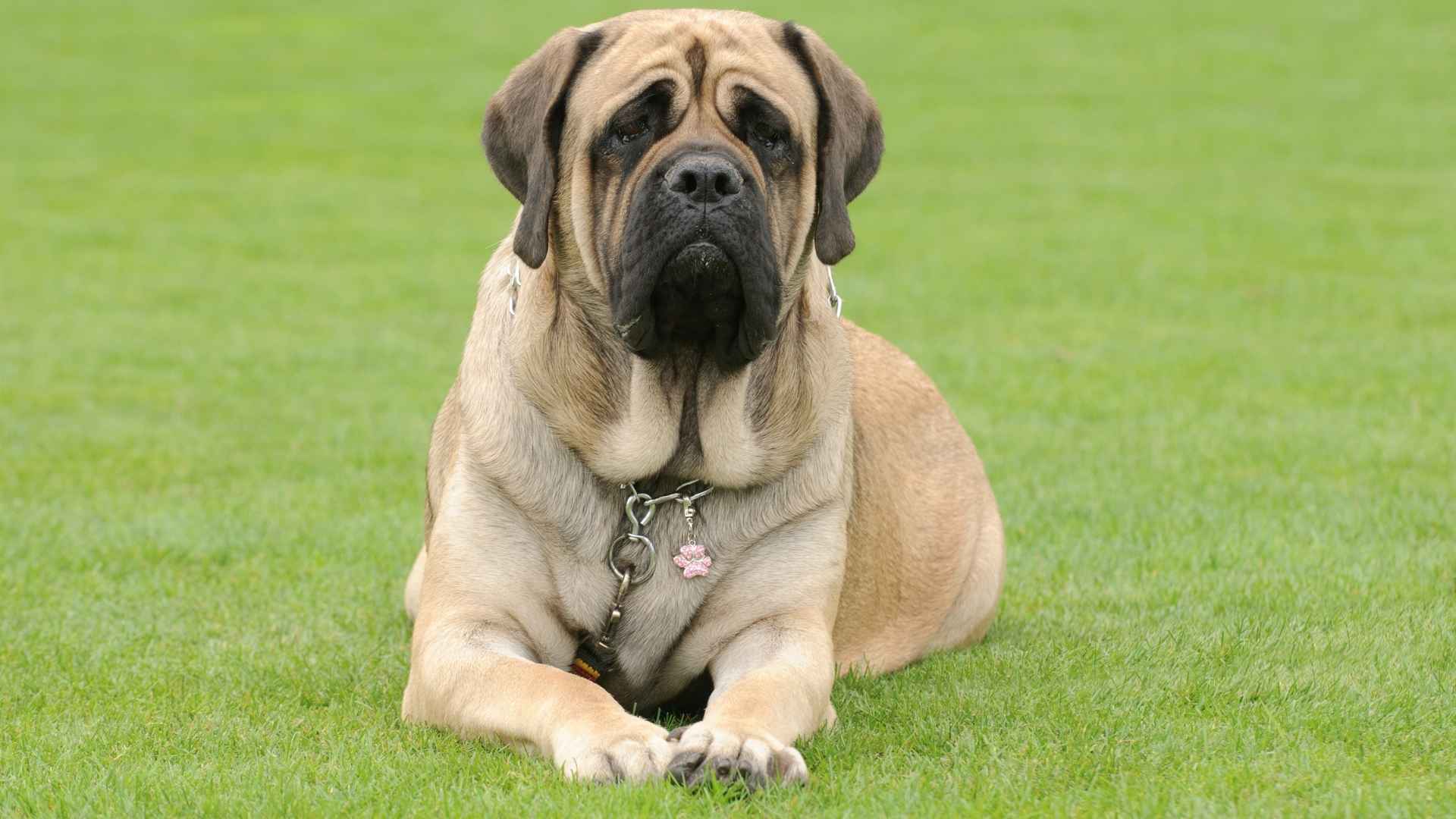“Every day is short, every hour so fleeting, and every minute so filled with life,
Hence, don’t waste it on a thing that’s unworthy of your precious time.”
We often take many things for granted: life, memories, happiness, and most of all, time. But when these things are about to end, have flown away, or disappeared into dust, we regret and mourn the losses, wondering what we had and what we could have done. These what-ifs are extremely painful and hard to bear.
Similarly, when adopting our furry friends, and dogs with whom you connect and bond for life, play, and spoil like your own children. Suddenly start to fade away and eventually leave you alone, the pain of losing these beloved furry companions can be immense. Many dog owners rarely think twice before adopting a dog breed they are bringing home.
Never paying attention to the underlying inherent health issues or a shorter lifespan they possess, and later regret the choices they made. Owners need to to carefully deliberate and research before adopting furry companion.
These precious dogs with mighty hearts and pure souls are known to have a shorter life expectancy and are more likely to suffer from several health problems from birth; their life quality and expectancy depend on the way they were developed or the breeds they originated from. Because they have been developed by selective breeding or cross-breeding a variety of dogs, making them more prone to all the diseases of their various ancestors.
Top 7 Very Short Lifespan Dog Breeds
If you are a beginner or a first-time dog owner who is searching for a gentle dog that is a great companion and an easy-to-handle dog. Here are some options for dogs that will cherish and who’ll leave a lasting impression on your lives.
1. Scottish Deerhound
The Scottish deerhound, the royal dog of Scotland, is a beautiful, large dog breed with its origins linking it to the ancient greyhound. The AKC reports this furry friend, who happens to be among the tallest of the dog breeds, was bred for stalking and hunting the giant wild red deer. This majestic beast has a high prey drive, which can be seen from an early age of puppyhood.
The Scottish deerhounds need to be socialized and trained from an early age to portray well-behaved characteristics also these spirited and energetic puppies can convert into laid-back couch potatoes. Hence, it is recommended for prospective dog owners to provide these dog with a proper, balanced diet and exercise regularly.
Health Problems:
These iconic pups are prone to severe health problems like:
Bone Cancer
Heart Conditions like Dilated Cardiomyopathy (DCM), also known as Enlarged heart disease
Gastric torsion
Bloat
Hip dysplasia
Hypothyroidism
Quick Fun Fact:
This larger dog was featured in the Harry Potter Movies, notably in the Prisoner of Azkaban, where Harry’s godfather, Sirius Black, is an Animagus and transforms into a black Scottish deerhound to protect the iconic trio from the werewolf Professor Lupin.
2. Rottweiler
This strong and courageous working breed dog’s ancestors were serving, protecting, and fighting alongside the Roman legions centuries ago. Britannica states the Rottweiler is a noble companion and a compassionate guardian that typically lives for around 9.5 years.
You can expect your Rottweiler to portray a self-assured aloofness, but also see it vying for your attention and cuddles like an adorable furry pup.
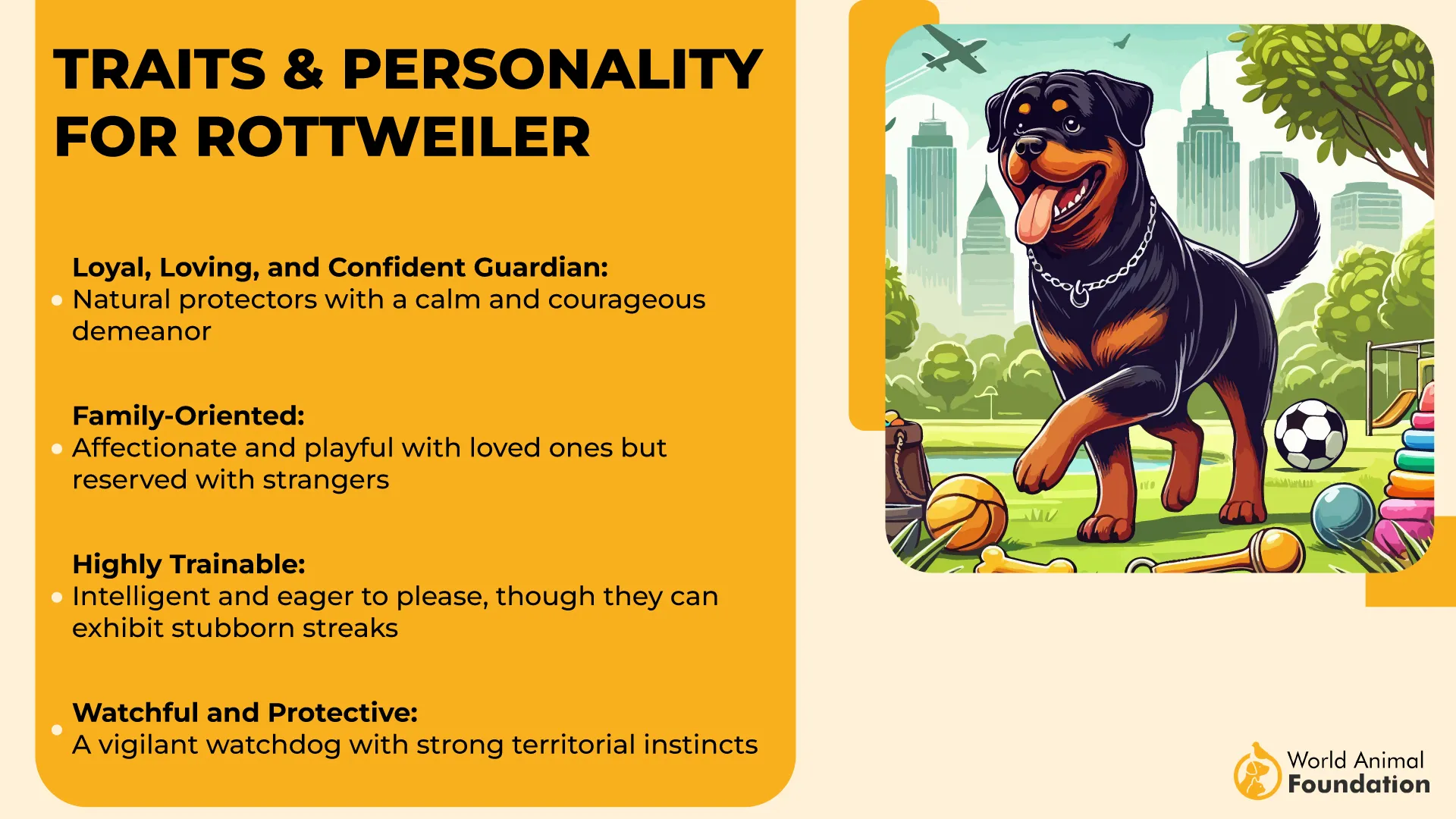
Nowadays, these Roman war dogs that originated in Medieval Germany are used as police dogs, in search and rescue operations, and even as herding or guard dogs for protecting cattle. It is a hardworking, intelligent, and dependable canine with protective instincts that has become the most popular working dog in the world.
Health Problems:
These precious and expensive muscular dog breeds like the Rottie tend to have shorter lifespans, and common health issues include:
Hip and elbow dysplasia
Heart Conditions
Bloat
Skin Allergies
Obesity Management
It is recommended for prospective dog owners to take their Rottweilers for regular veterinary check-ups and provide them with nutritionally balanced diets, daily exercise, along regular veterinary care to enhance their overall health to help them live longer.
3. Saint Bernard
Some people say this saintly spiritual dog breed originated in the Swiss Alps, and according to the CKCUSA, was named after the 11th-century catholic archdeacon of the Aosta diocese and a patron saint of hospices at the summit of two alpine mountain passes.
However, others claim they come from the Italian Alps, where a monk named Bernard of Menthon created a hospice for pilgrims travelling to Rome in 1050. Hence, they can also be called an Italian dog breed.
This massive-sized dog is a friendly, gentle giant that was originally bred by crossing the Tibetan mastiffs with the Great Dane and the Great Pyrenees to create a working dog for rescuing lost mountaineers and travellers in the Swiss Alps.
They are known as mountain dogs who could travel through the white death and bring relief and rescue to several stranded alpine travellers and monks. They are the ultimate saviours and icons of alpine rescue, saving hundreds and thousands of lives every year.
Health Problems:
These noble and kind alpine dogs face several potential health issues that need to be treated with proper health care and regular veterinary checkups, like:
Hip Dysplasia: Hip joint problems due to abnormal alignment
Osteoarthritis
Gastric Dilatation & Volvulus
Entropion
Wobbler Syndrome
Osteosarcoma or bone cancer
Lymphoma Cancer of the lymphatic system
Cardiac problems: Heart disease
4. Newfoundland
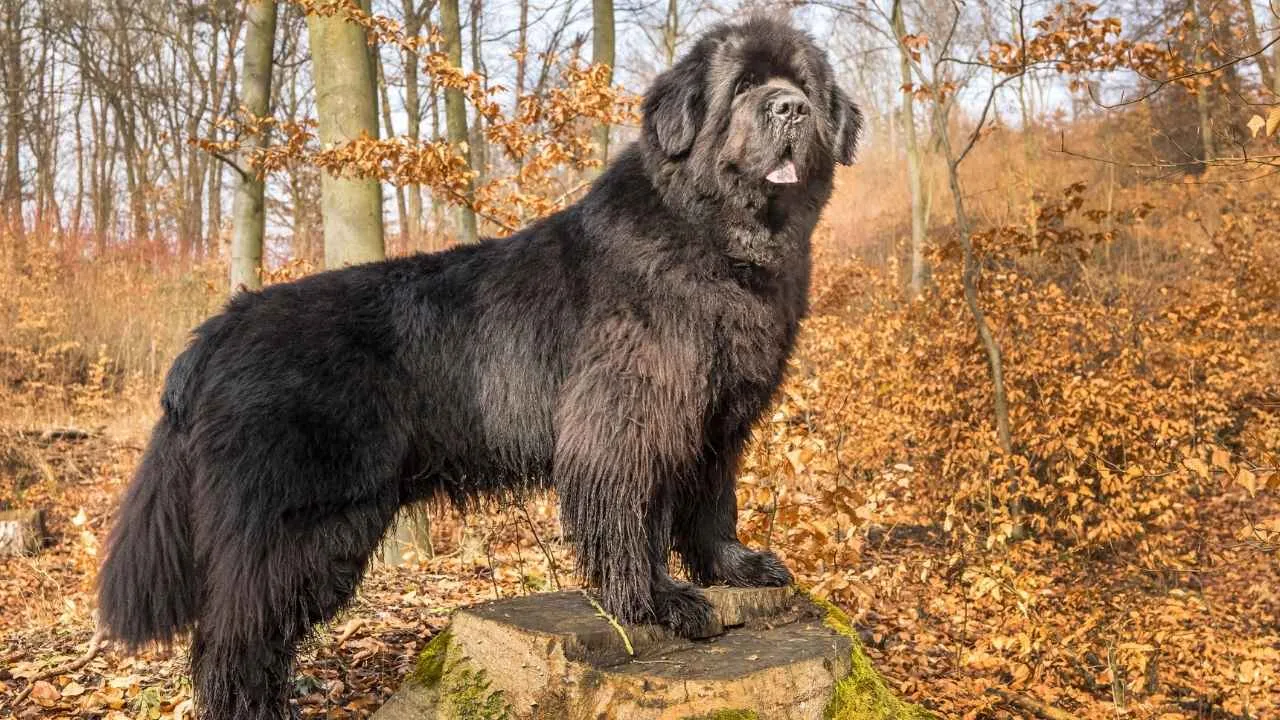
According to VCA Hospitals, this breed originated in Newfoundland, Canada, and was developed to help fishermen retrieve waterfowl and fish from the sea. These webbed feet, agile swimmers with their water-resistant coats, are most popularly known for their sweet temperament.
The Newfoundland is a mammoth dog breed and can obviously make things challenging for their owners. The larger dogs are gentle giants, they make good watchful companions. Do well with training and socialization and are a wonderful pet to own for life.
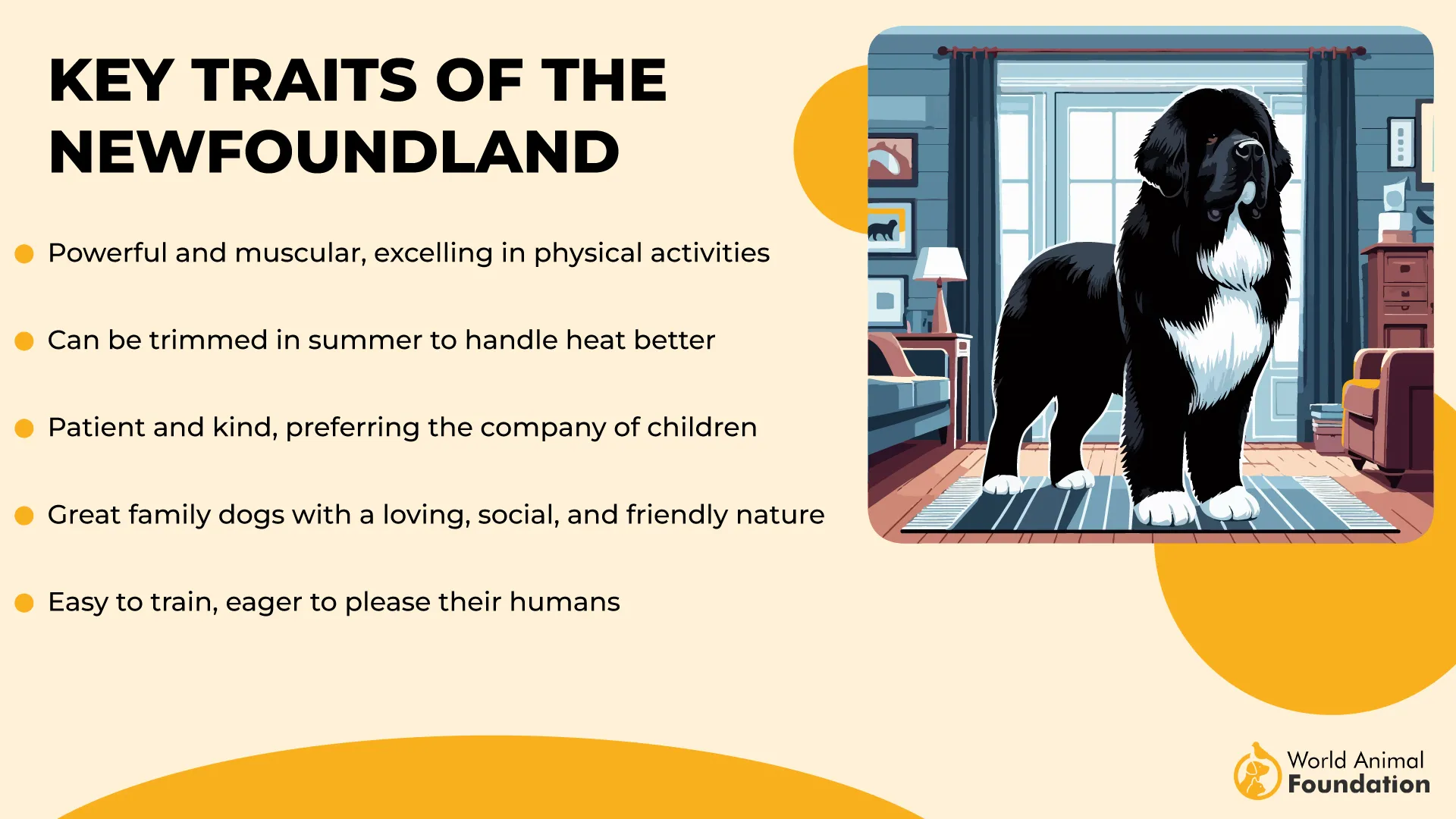
However, these dogs don’t have a long lifespan. Hence, it is advised for owners to evaluate their health problems and make sure their Newfoundlands are well cared for. They aren’t ideal for people who have a sedentary lifestyle, and love to enjoy activities and playtime with their families. They bode well with kids and have an average lifespan of around 9-10 years.
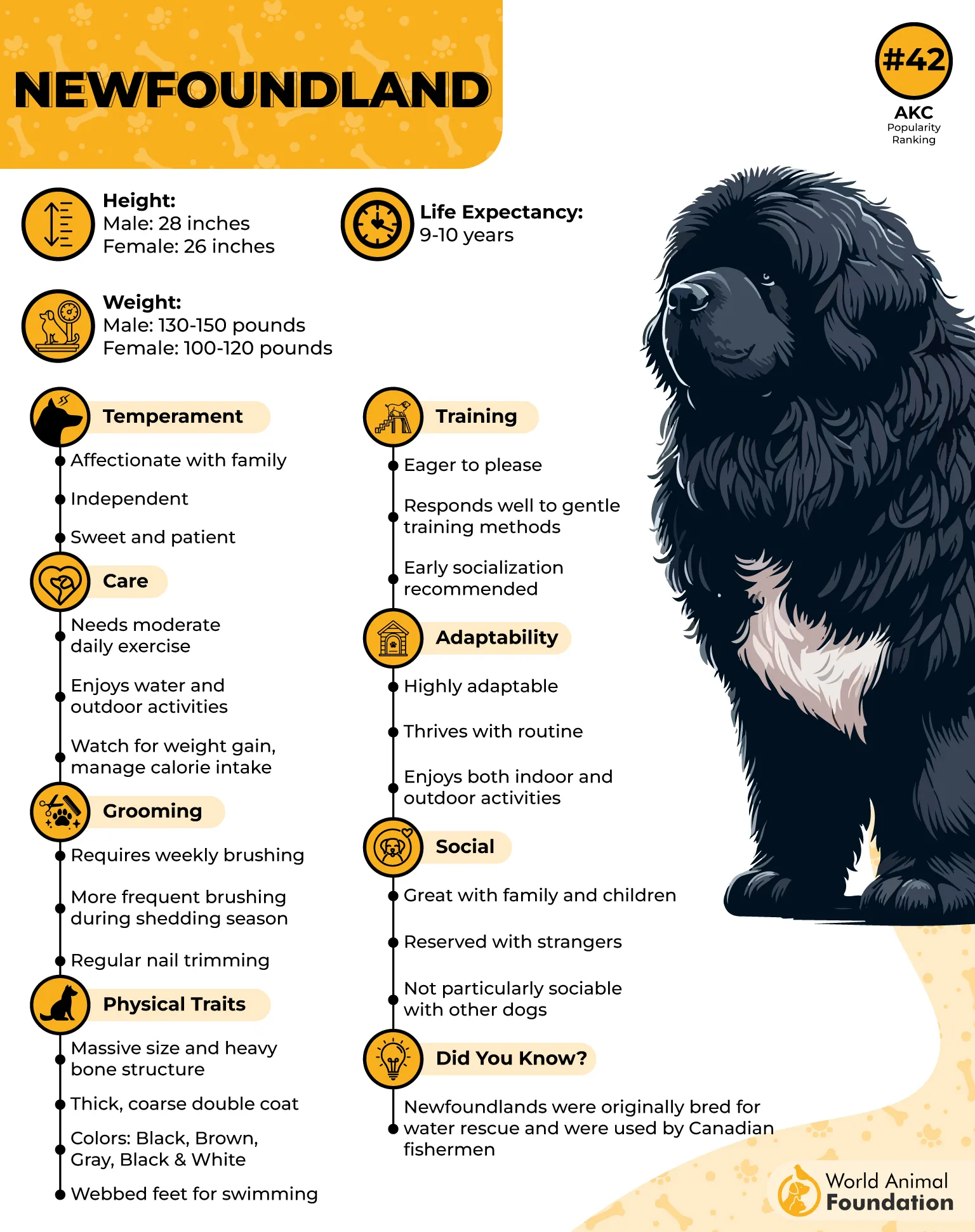
Health Problems:
The Newfie stands among the dog breeds with the shortest life expectancy and has a higher risk for various health problems, like:
Hip issues like Hip dysplasia
Hemangiosarcoma is a highly invasive form of cancer that occurs in dogs
Heart issues like Dilated Cardiomyopathy or Enlarged Heart disease.
Blood Disorders like Von Willebrand disease
Common health concerns also include skin allergies, ear infections, and obesity
Regular exercise, along with veterinary check-ups and preventative care, is advised for maintaining their overall longevity.
5. Bullmastiff
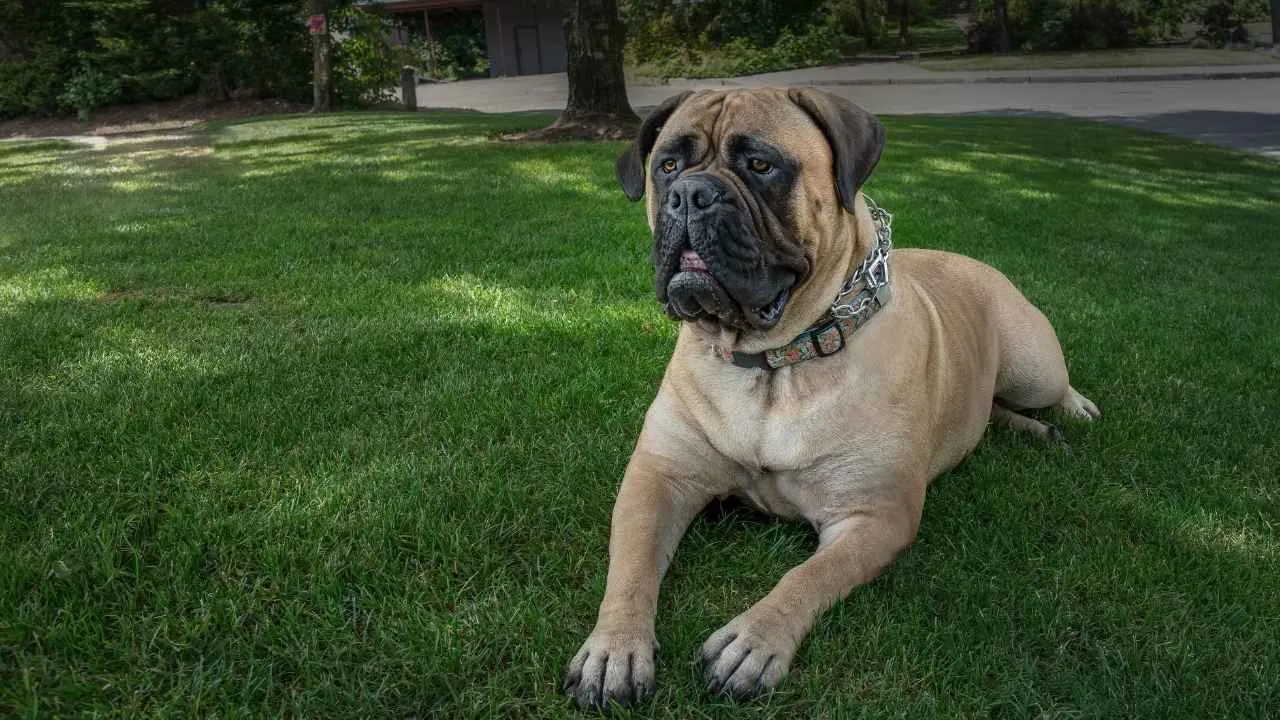
This mighty dog, also nicknamed the gamekeeper’s night dog, is a mixed breed with the shortest lifespan, originally bred by crossing the English bulldog with a mastiff in 19th-century England. This large breed is a mammoth with a mastiff’s strength and a bulldog’s intelligence.
Inherently, a guard dog used for taking down poachers and a protector of aristocratic estates, it is a confident and alert pet that makes an ideal guardian for families.
This Bullmastiff with its short-nosed features is a brachycephalic dog breed, but this doesn’t affect its breathing. However, these don’t have a long lifespan; their average lifespan is around 8-10 years.
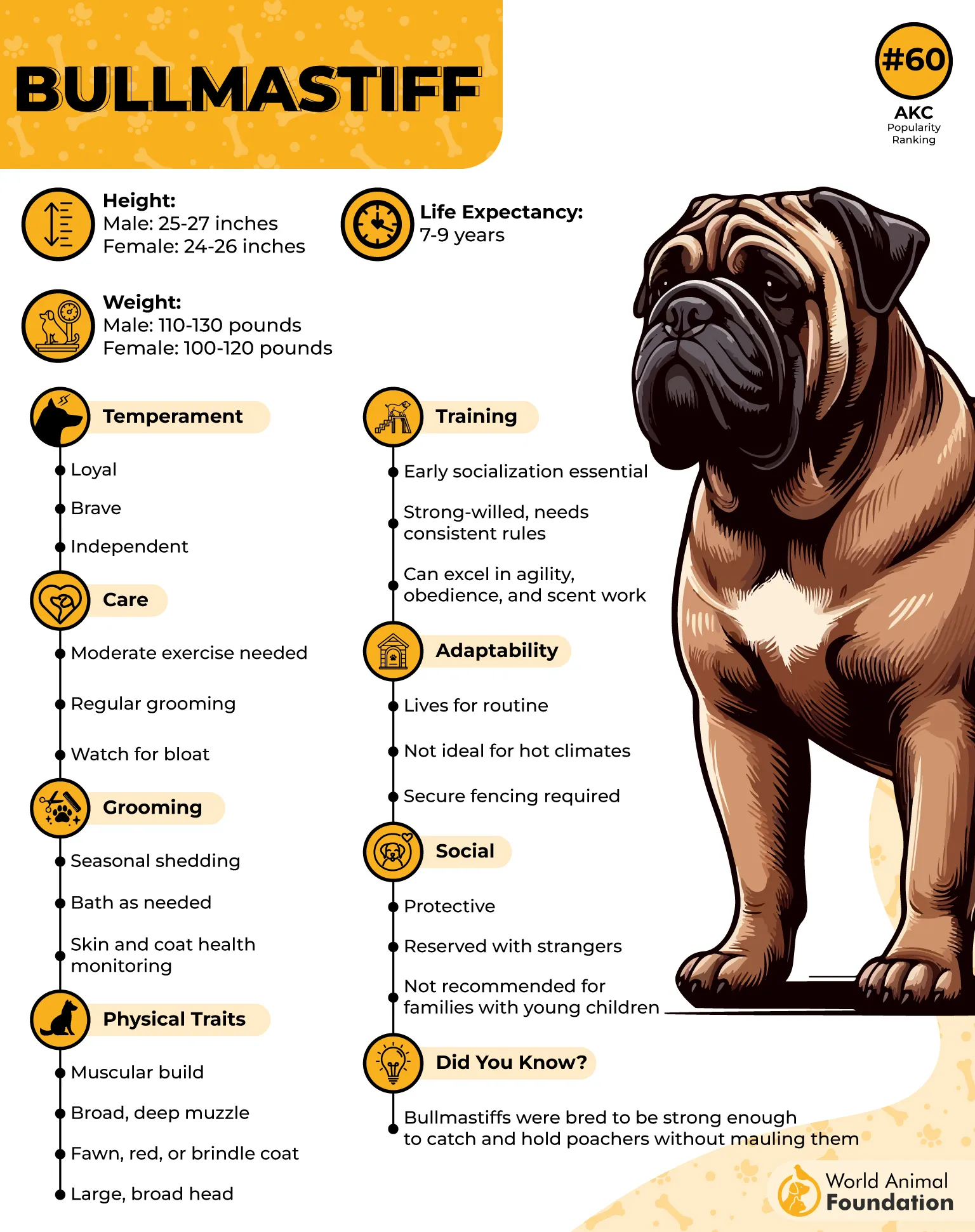
Health Problems:
They generally face dire health conditions, don’t get proper health care, due to difficult health insurance policies. Some of the dogs’ lives are even lost due to the ignorance they face. According to Web MD, these mixed-breed dogs face issues like:
Canine Hip Dysplasia
Arthritis
Gastric Torsion (Bloat)
Heart disease
Endocrine Disorders
Elbow dysplasia
Cancer, including Osteosarcoma and Hemangiosarcoma
A proper, balanced diet with regular exercise and timely visits to the veterinary for health check-ups are needed for keeping a bullmastiff healthy. This dog enjoys being a workaholic and always needs a job to do. Hence, they should be given energy-consuming tasks to keep the breed away from resorting to boredom.
6. Greater Swiss Mountain Dog
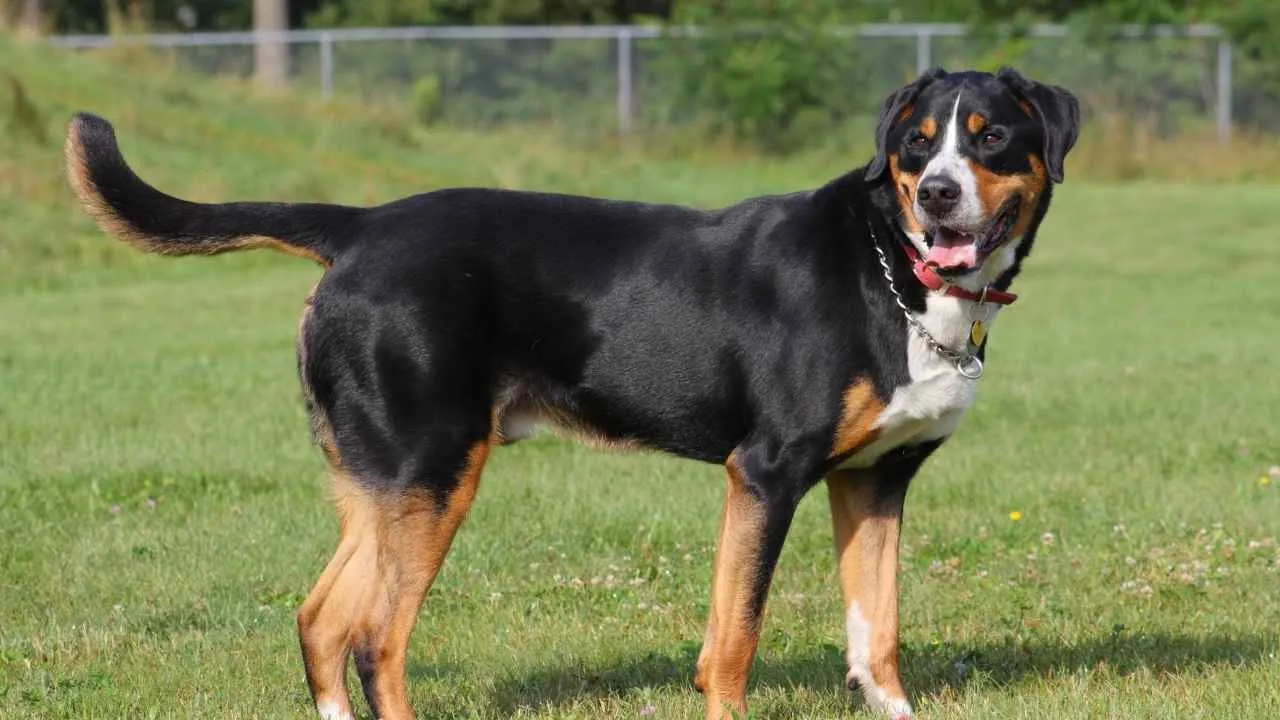
The Greater Swiss Mountain Dog is a large breed of majestic dogs often mistaken for a Bernese Mountain Dog, which belongs to the same tri-colored family of Swiss mountain dogs. But the Swissy is a taller, less fluffy version of the Bernese Mountain Dog.
These tri-colored dogs originated with the help of herders and dairymen in the Swiss Alps and are the descendants of the mighty Roman Molossian. These faithful and dependable dogs are known for their black, rust, and white colored coats.
They are quite sturdy and defensive, which makes them fit in roles like livestock herding and search and rescue. These charming and precious pups are not a very popular or well-known dog breed in the canine world, but their gentle temperament also makes them extremely affectionate and docile companions.
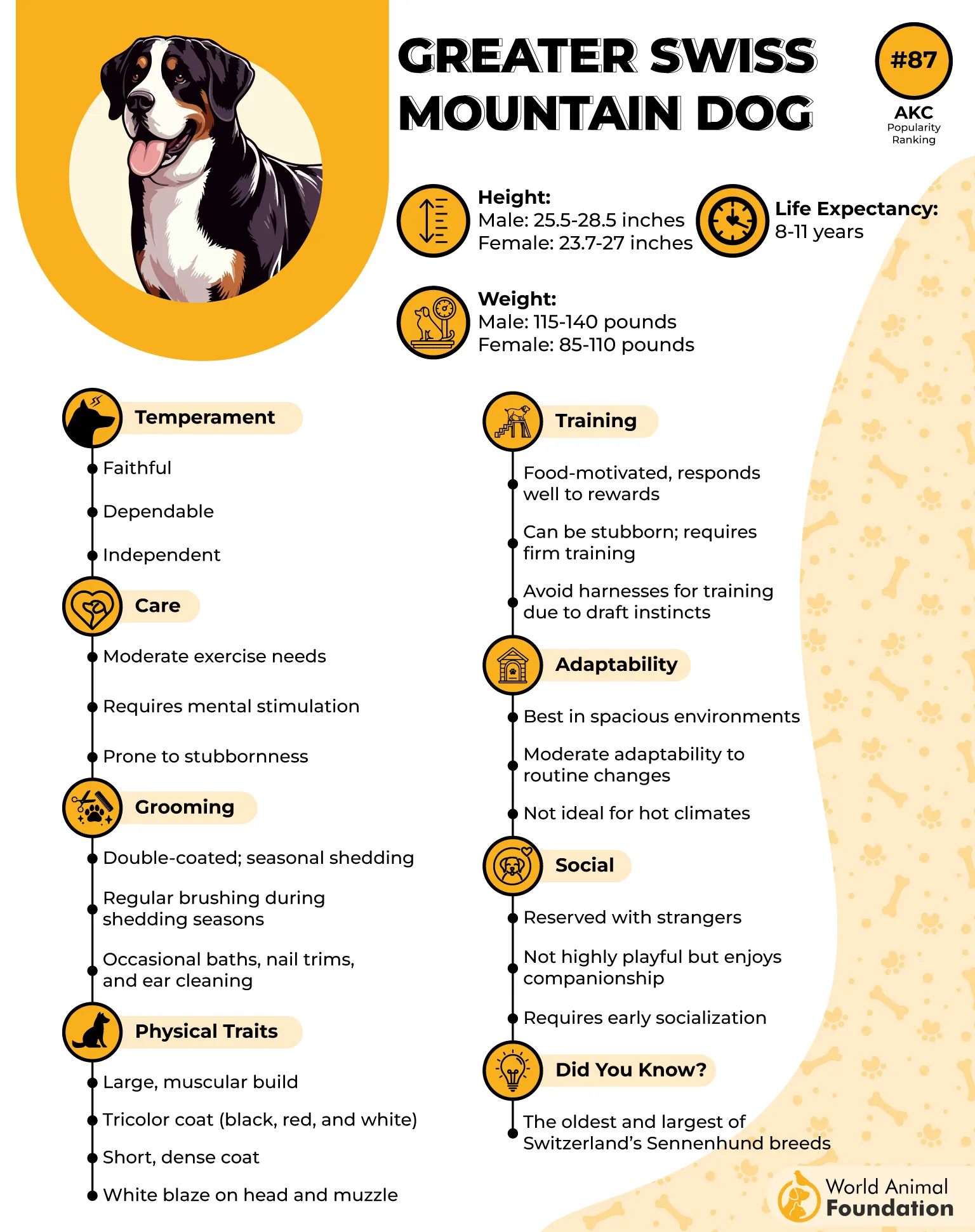
Health Problems:
The swissy has an average life span of 8-11 years, and it faces a bunch of health issues due to its size, just like the small toy dogs. PetMD defines some of the major health issues they face are:
Gastric Dilatation Volvulus
Epilepsy
Osteochondrosis
Splenic Torsion
Cancer
Joint Dysplasia
Eye problems like cataracts, entropion, and distichiasis
Swissy is a strong contender among breeds with the shortest life spans. These bold, intelligent, and valiant dogs make great guard dogs and watchdogs. Hence, if you are looking to adopt one, explore your nearest local shelters or contact ethical breeders listed on the AKC site to gain a precious furry companion today.
7. Mastiff
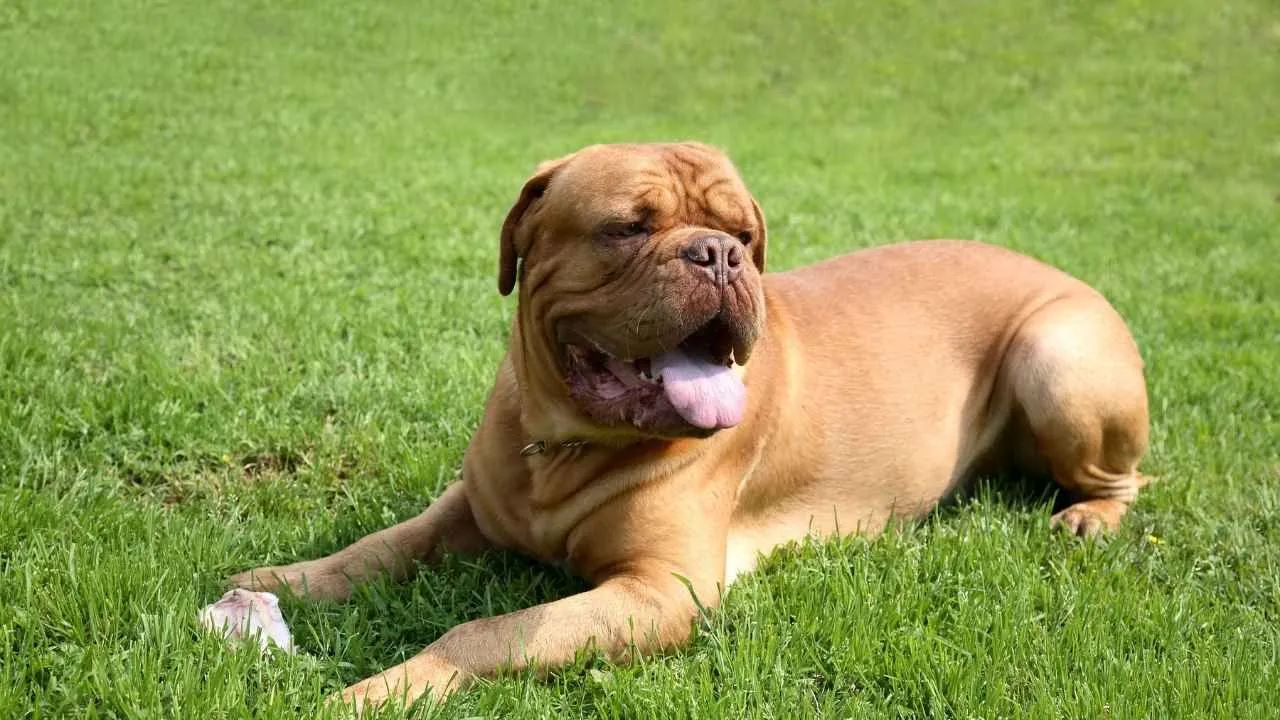
Mastiffs are a large breed of war dogs that have a rich and diverse history, dating back 5,000 years. As there is evidence of these majestic mastiff-like giant dogs as far back as 2500 BC. They were used as war dogs by the ancient Celts because of their fierce protectiveness and hunting skills.
These large dogs have also contributed to the development of many renowned mountain dog breeds like the Saint Bernard, which was first known as the Alpine Mastiff, the Chow Chow, and even the small breeds like pugs.
These versatile canines were used as guard dogs in Britain and also used by the Romans in the arena for dog fighting because of their strength and agility. However, the Mastiff, which travelled the world, was modified in the 19th and 20th centuries in England, where the breed standard was established.
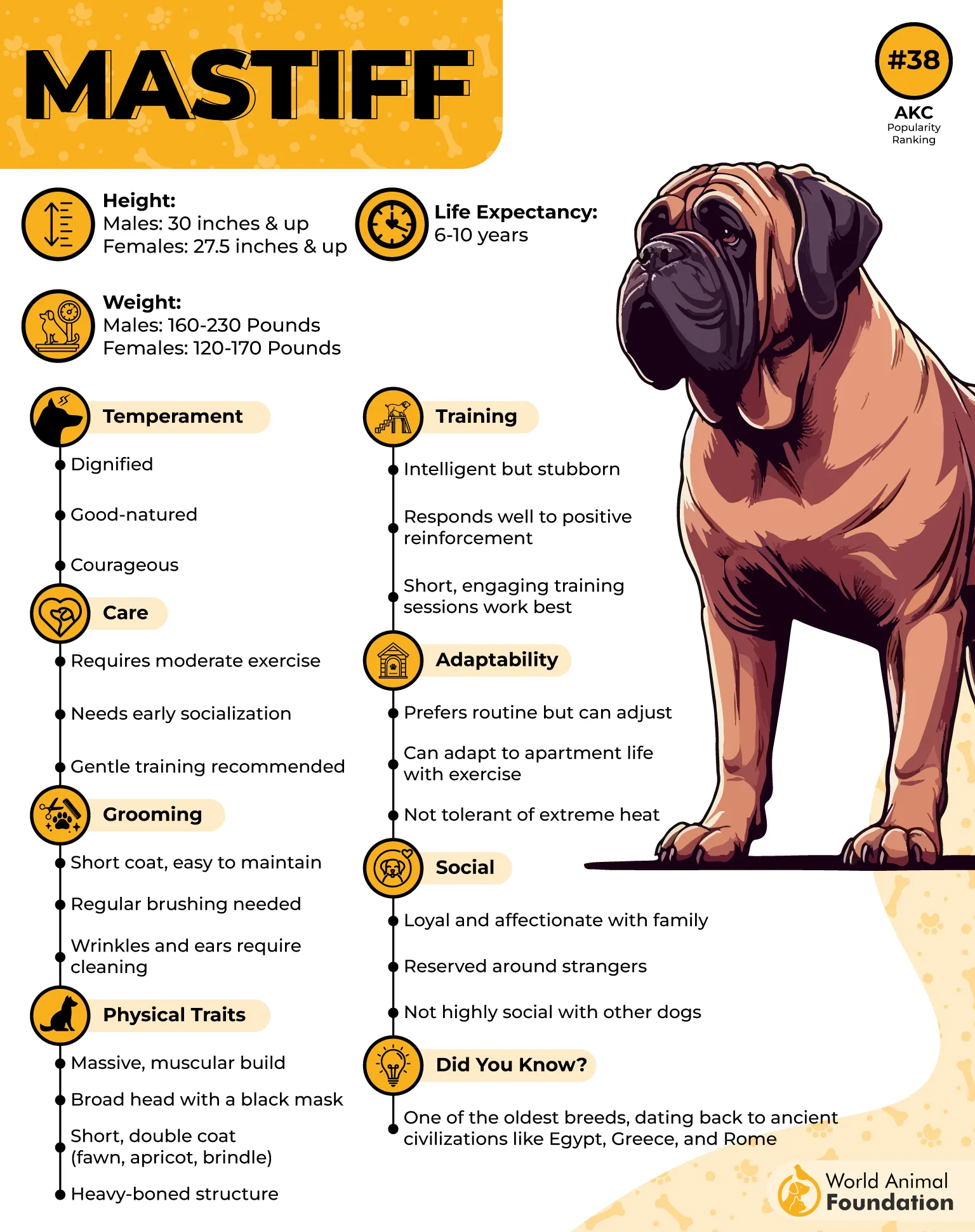
These dogs are loyal companions and protectors that prove to be great guardians for families, are gentle with children, and can be trained with patience and gentle reinforcement. They are good buddies for humans who have an active routine, as these dogs generally need an active lifestyle.
Health Problems:
These dog breeds have a black mask around their muzzle and dark soulful eyes, which is the hallmark of the intelligence and distinctiveness of this breed. They have a life expectancy and average lifespan of 6-10 years. Hence, they don’t live as long as the smaller dog breeds; some major health concerns they face, according to PDSA, are:
Hip & Elbow Dysplasia
Dilated Cardiomyopathy (DCM) is a common cause of heart failure in Mastiffs
Stomach Torsion (Bloat)
Skin Allergies and Infections
Joint Problems such as arthritis
Preventive care is advised for mastiffs that typically live shorter lifespans than smaller dogs. Make sure you are feeding your dog healthy and nutritional dog food and taking them out on daily walks, and providing them with regular exercise and adequate training to increase their longevity.
Conclusion
It has long been hypothesized that the largest breed-specific contributor to a dog’s life span is a breed’s size. Many large dog breeds have shorter life spans because they age faster, reaching the geriatric stage at 7 years old.
However, studies also show that size isn’t the only factor contributing to longevity in dogs; dog breeds with the shortest life spans might have a weaker genetic resistance against life-threatening diseases compared to the dog breeds with the longest life spans.
Dog breeds with the shortest lifespans include the Dogue de Bordeaux, also called the Bordeaux mastiff, the Great Dane, the Irish wolfhound, and the Bullmastiff, which have an average lifespan of only 5-7, 6-8, or 8-10 years. These huge dogs might seem powerful and resistant, but they truly aren’t. Hence, dog owners who have them as pets face a bittersweet challenge of letting go of what they love most.


